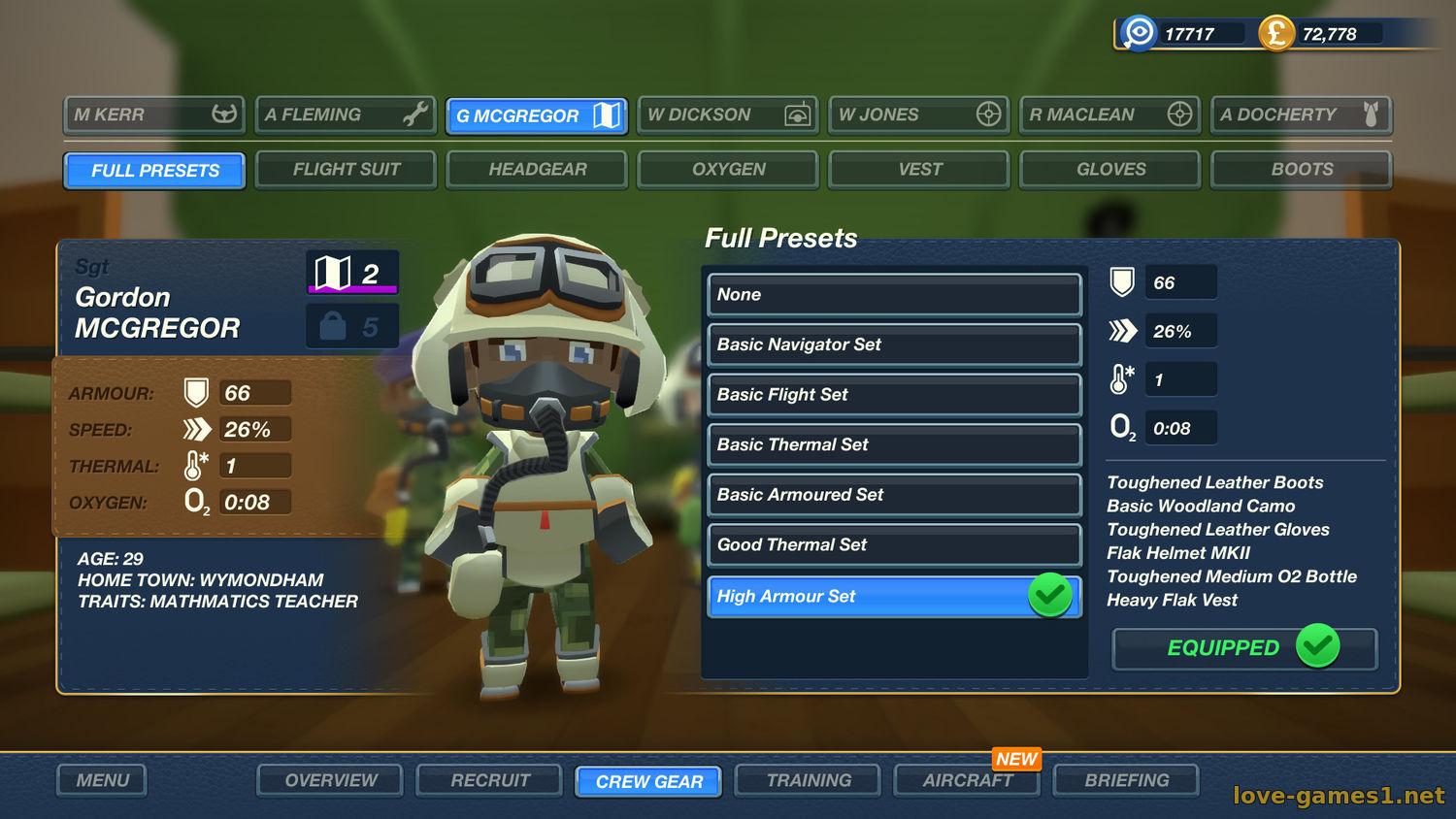

Fortunately, he was not significantly injured and was back on flight duty a few days later. Pilot Frank Riggs was wearing this helmet when flak fragments hit him over Vienna, Austria, in February 1945. The M3 helmet was a modification of the standard M1 infantry helmet. Also, crewmen in confined spaces, like ball turret gunners, could not wear them. The wearer, bombardier Lt Arthur Rosenthal, only received minor wounds to his chest.Įarly bomber crews wore standard M1 infantry helmets but found them uncomfortable since their headphones fit poorly under the helmet. Plates from an armored vest damaged by 20 mm fragments. Sewn into the fabric, this gave some flexibility to the armor.Įighth Air Force bomber crewman wearing the body armor that saved his life and holding the piece of flak that almost ended it. It could be quickly removed during an emergency by pulling the red release strap.īomber crew armor was filled with overlapping squares of 1 mm-thick manganese steel plates like the one on display here. Worn over clothing and gear, it weighed about 13 lbs. Typical body armor for a seated bomber crewman in early 1944. After the war, he became the US Air Force’s first surgeon general. Malcolm Grow, Eighth Air Force surgeon general, saved many lives by developing body armor for USAAF bomber crewmen. Body armor and helmets helped protect against this threat and saved thousands of bomber crewmen from injury or death.Ĭol (later Maj Gen) Dr. A 1942 study determined that relatively low velocity projectiles such as deflected flak fragments or shattered pieces of aircraft structure caused 70% of bomber crew wounds. For more information, contact the 509th BW Public Affairs at 66, emailing or by visiting. The ground crew pilots from Whiteman AFB will be available for media engagements and interviews at Arrowhead stadium on game day or prior. The 509th Bomb Wing continues a legacy of excellence as we celebrate the Kansas City Chiefs historic achievement in back to back playoff games. It is operated by the 509th and 131st Bomb Wings at Whiteman Air Force Base, Missouri, 45 miles east of Kansas City. The B-2 is Air Force Global Strike Command’s premier stealth asset and one of the world’s most advanced aircraft. “I am happy to be a part of our continued partnership with this organization and our surrounding communities.” I grew up just outside of Kansas City, and I have been a life-long fan of the Kansas City Chiefs,” said Schreiner an Independence, Missouri, native. “Having the opportunity for Team Whiteman to participate in this flyover is a true honor. The flyover will be supported by Team Whiteman maintainers launching the stealth bomber and a ground crew of pilots monitoring the flyover from the stadium.Ĭontinuing a lasting relationship with our community partners, the Kansas City Chiefs organization, the B-2 will kick-off the playoff game with a demonstration of precision air power for the stadium and television audiences.

Ryan Magner, assigned to the 393rd Bomb Squadron, will fly a B-2 Spirit over the American Football Conference divisional game at 2 p.m.

Jeffrey Schreiner, the commander of the 509th Bomb Wing at Whiteman Air Force Base, and Capt.


 0 kommentar(er)
0 kommentar(er)
